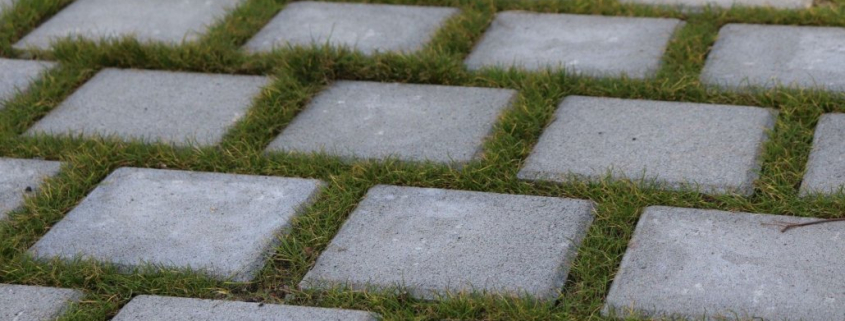
Permeable Paving
A potential source of pollution entering waterways comes from stormwater runoff from around our homes. In particular, a paved driveway, which may have car oil and road residues, delivers contaminated runoff to gutters and drains that directly connect with aquatic environments.

Fortunately, there are options, such as permeable pavers, gravel or grass grid systems, and specialty concrete mixes, that allow storm water to filter through to the soils below.
Using these alternatives has a number of environmental benefits, including lower pollutant loads entering water ways, reduced erosion and flooding from flashy storm runoff and increased groundwater recharge. Additionally, less radiant heat is retained by these alternative systems compared to traditional concrete. This will reduce heat pollution that contributes to urban heat island effect.
Depending on the type of solution selected, installation methods and costs will vary. Typically, pavers are placed on a level bed that allows infiltration and spaces between are back-filled with fine gravel. Detailed installation guides and summaries of different options can be found online (here too).

Learn more about the how cars can cause water pollution and ways to reduce the impact, here.
Photo credit: Toinane on Unsplash, Nicole Christiansen and Paul de Greeff
